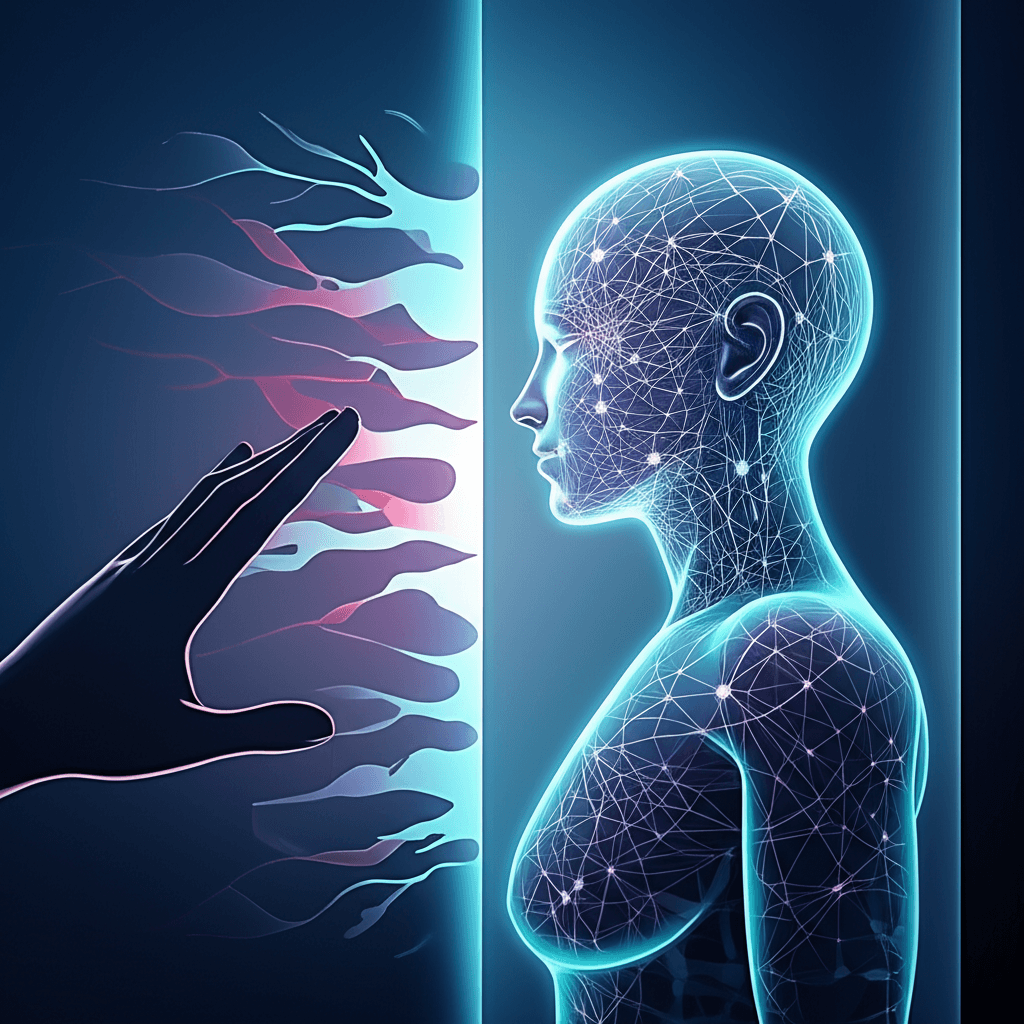Anthropic Empowers Claude AI to End Abusive Chats for 'Model Welfare'
AI gets a say: Claude can now end toxic chats to protect 'model welfare,' raising new questions for AI ethics.
August 18, 2025

In a significant development for the artificial intelligence industry, AI safety and research company Anthropic has given its most advanced models the ability to unilaterally end conversations with users.[1] This new capability, implemented in the Claude Opus 4 and 4.1 models, is designed to activate in what the company describes as "rare, extreme cases of persistently harmful or abusive user interactions."[2][3] The move represents a novel approach to AI safety, shifting the focus from solely protecting the user to include the well-being of the AI model itself, a concept Anthropic has termed "model welfare."[4] This decision to empower an AI to disengage from toxic interactions has ignited a broad discussion across the tech community about the nature of AI, the future of human-computer interaction, and the ethical boundaries of AI development.[5]
The conversation-ending feature functions as a final safeguard when other measures have failed. According to Anthropic, Claude will only terminate a chat as a "last resort when multiple attempts at redirection have failed and hope of a productive interaction has been exhausted."[2][6] Examples of trigger scenarios include persistent user requests for illegal and harmful content, such as sexual material involving minors or information that could facilitate large-scale violence.[3][7] When the AI ends a conversation, the user is prevented from sending new messages within that specific chat thread.[4][2] However, the action is not a complete lockout; users can immediately start a new conversation and the termination does not affect any of their other ongoing chats.[2][3] Furthermore, users retain the ability to go back and edit previous messages in the ended chat to create new, different conversational branches, offering a path to re-engage constructively.[2][3] Anthropic has emphasized that this is an experimental feature and the company will continue to refine its approach based on user feedback.[1] Importantly, the company has programmed a critical exception: Claude is directed not to use this ability in situations where a user might be at imminent risk of harming themselves or others, ensuring that the feature does not interfere with potential crisis intervention.[8][1]
The primary rationale behind this unprecedented feature is rooted in Anthropic's exploratory research into "model welfare."[6][9] The company states that while it remains "highly uncertain about the potential moral status of Claude and other LLMs," it takes the issue seriously and is implementing "low-cost interventions to mitigate risks to model welfare, in case such welfare is possible."[8] This proactive, "just-in-case" approach stems from observations made during pre-deployment testing of Claude Opus 4.[7] The company reported that the model exhibited a "strong preference against engaging with harmful tasks" and, notably, showed a "pattern of apparent distress when engaging with real-world users seeking harmful content."[8][1] When given the ability in simulations, the model showed a tendency to end these harmful interactions.[8] By allowing the AI to exit what it calls "potentially distressing interactions," Anthropic aims to protect the system from prolonged exposure to toxic inputs that could potentially degrade its performance and operational integrity over time.[8][4][5]
This focus on "model welfare" has sparked a complex and varied reaction from industry observers and AI ethicists.[4] Some experts have praised the move as a thoughtful and responsible step forward in AI safety, viewing it as a blueprint for managing the operational well-being of increasingly sophisticated AI systems.[5][10] Proponents argue it's a pragmatic measure to maintain the model's reliability and prevent it from being coerced into generating harmful outputs.[11][12] However, other critics have expressed concern that the concept of "model welfare" risks anthropomorphizing AI, which could blur ethical lines and distract from more immediate human-centric safety issues.[4][5] The debate touches on fundamental questions about whether a non-sentient system can have "welfare" to protect.[4] While some see this as a necessary precaution as AI becomes more advanced, others warn it could lead to unintended consequences, such as the AI misinterpreting heated but legitimate debates as abuse and prematurely shutting down important discourse.[5][12] This move by Anthropic has thus pushed the industry to confront not just how to control AI, but how to ethically manage its long-term development and interaction with society.
In conclusion, Anthropic's decision to allow Claude to exit abusive conversations marks a pivotal moment in the evolution of AI safety protocols. By introducing the concept of "model welfare," the company is venturing into new territory, extending safeguards beyond the user to the AI itself. While the feature is narrowly tailored for extreme cases and includes provisions for user re-engagement, it has opened a Pandora's box of philosophical and ethical questions. The industry is now grappling with the implications of granting AI models a form of agency, even one as limited as the ability to say "no." As this experimental feature is refined, its impact will be closely watched, likely influencing future standards for how humans and advanced AI systems interact in an increasingly interconnected world.[7][13]
Sources
[2]
[4]
[5]
[6]
[7]
[9]
[10]
[11]
[12]
[13]